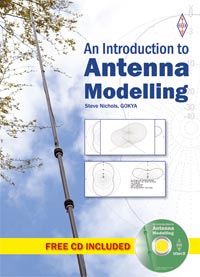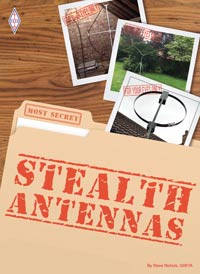 |
| The Kaz gives a deep null in one direction. |
The first season saw me using my Icom 756 Pro 3 and my usual 80m dipole antenna, but nothing of any significance was heard.
It seems the 756 Pro 3 is deliberately deaf on MW and you can't use the pre-amp. I also listened on a portable MW receiver but that was no better, even with a small 12-inch Tecsun passive loop. The next season I used an RF Space SDR-IQ, but the pickings were thin.
So last year I upgraded to a Perseus SDR and a Wellbrook ALA1530S loop so that I could record the whole of Medium Wave two minutes before the hour to two minutes past to aid with stations IDs. Now we were getting somewhere, with WBBR 1130 kHz (New York) and NBC 1510 kHz (Boston) being heard regularly, although I wasn't hearing anything like the DX other MW enthusiasts in the UK were reporting.
I actually monitored WBBR every hour, every night for two months to compare reception alongside the daily DsT index, but I can't say I saw a correlation. Anyway, this coming winter I'm determined to try harder and so I need an antenna that will null or attenuate signals from the continent. I ended up choosing a passive design called a “Kaz”, named after its designer Neil Kazaross.
Very simply, the antenna is part of the Flag/Pennant terminated loop family. It is an isosceles triangle with a base of 40ft and the apex at 10ft. One corner (FB) is fed with an impedance transformer and the other corner (TB) is terminated with a resistor between the two legs.
It actually turned out to be really good.
Read the full review of the Kaz antenna.












